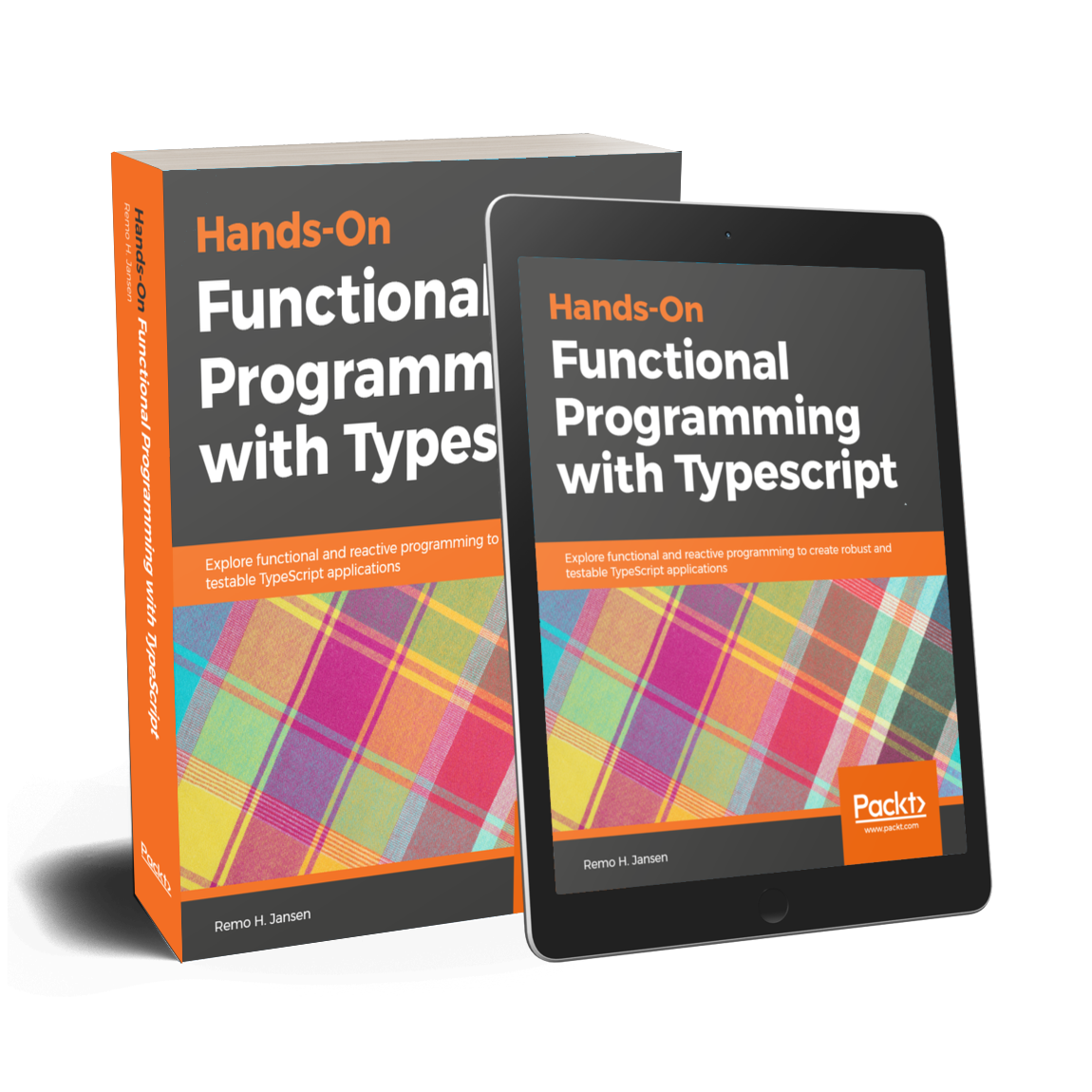Notice
This website or its third-party tools use cookies, which are necessary to its functioning and required to achieve the purposes illustrated in our privacy policy. This website also allows you to share additional information with us such as your email. By sharing such information with us you agree to allow us to use it for the purposed inllustrated in our privacy policy. By closing this banner, scrolling this page, clicking a link or continuing to browse otherwise, you agree to the use of cookies. If you want to know more please refer to our privacy policy.





